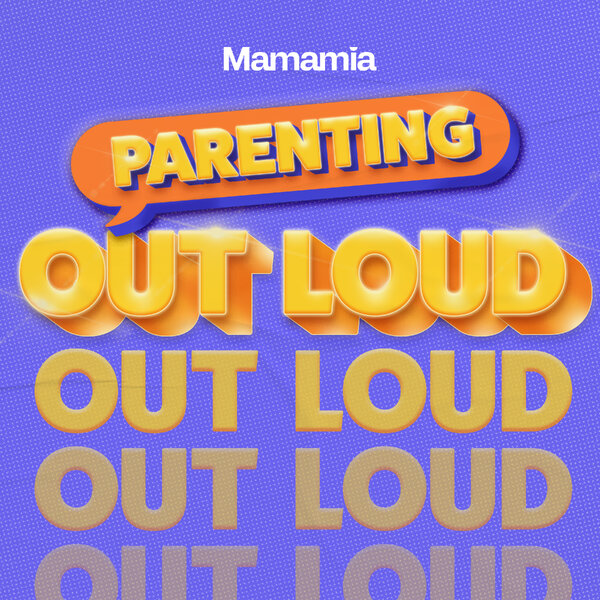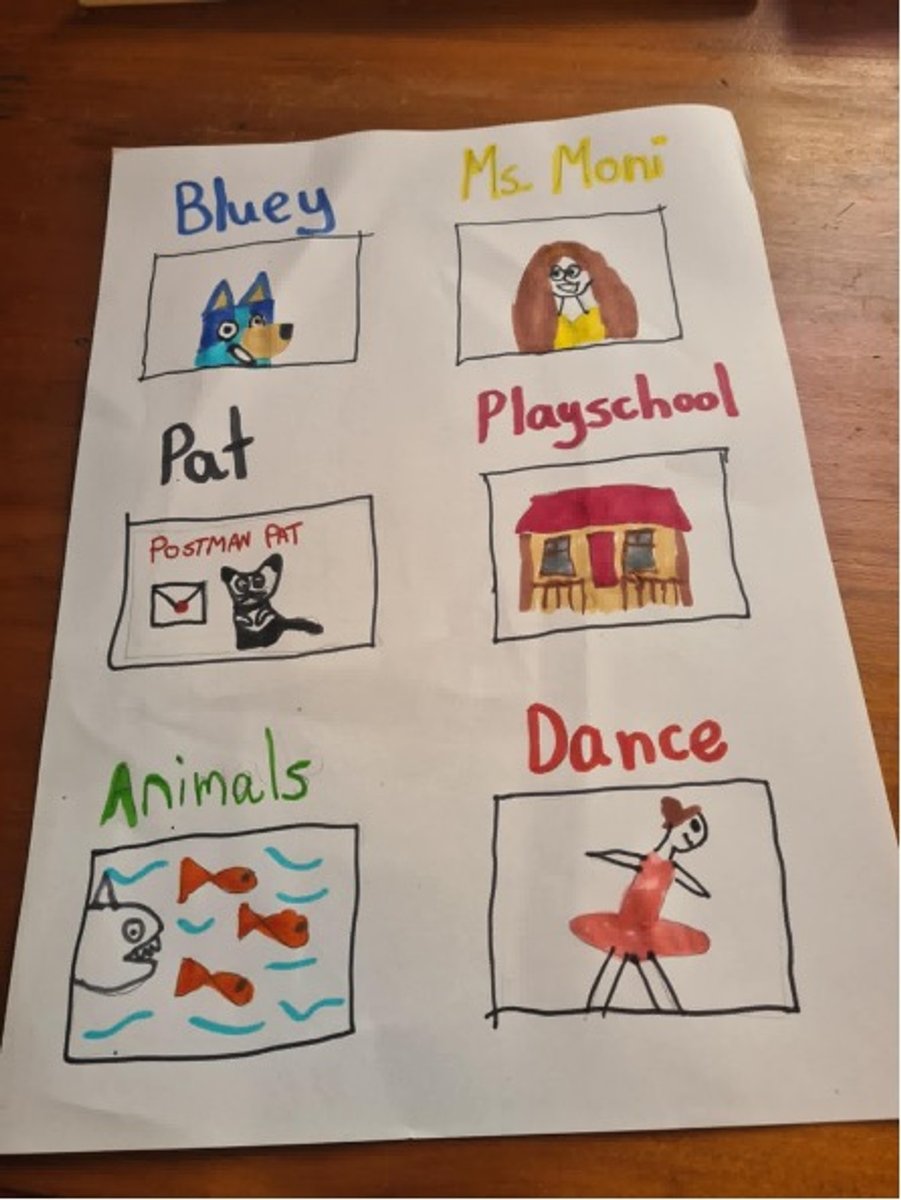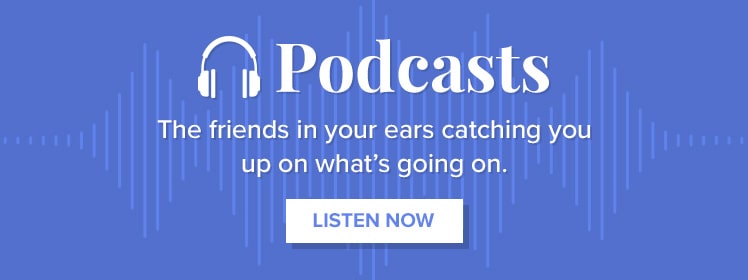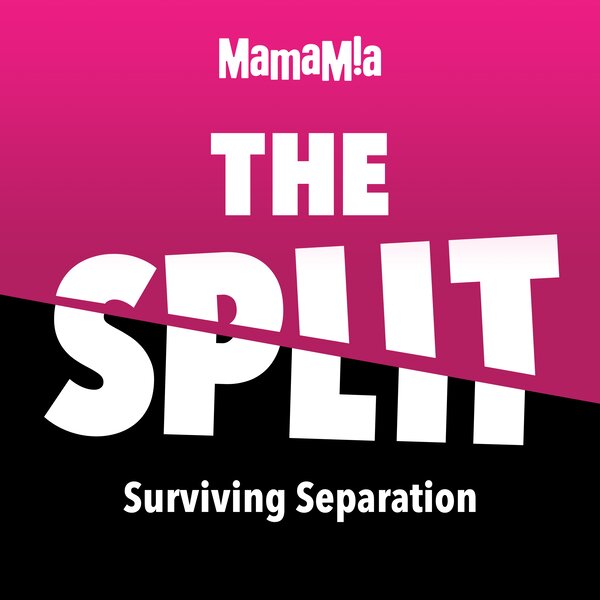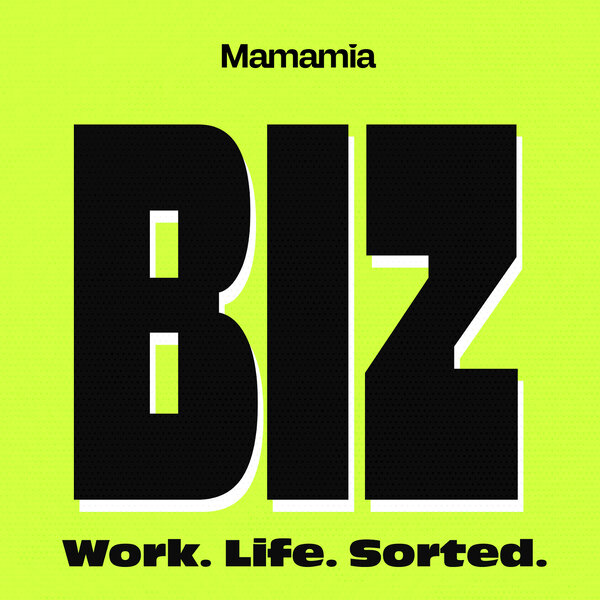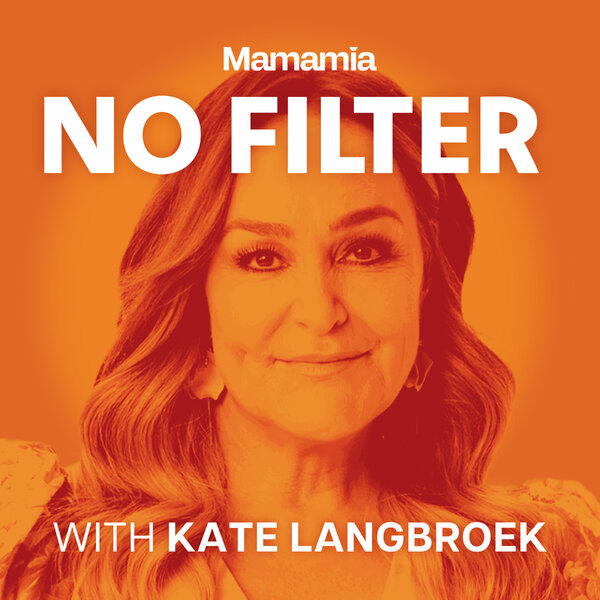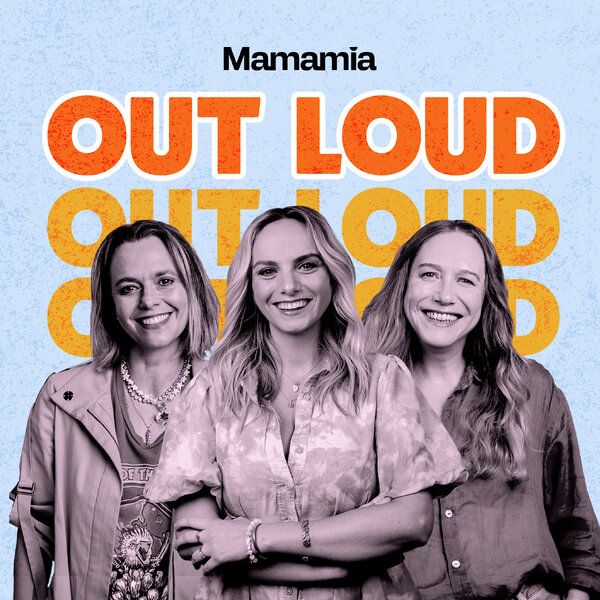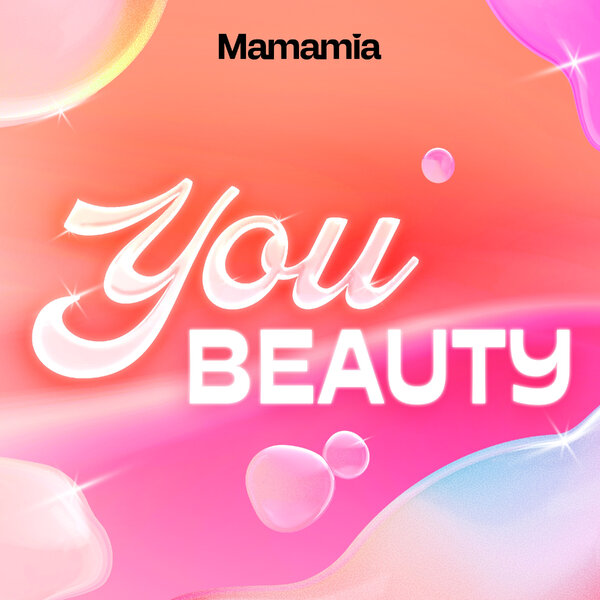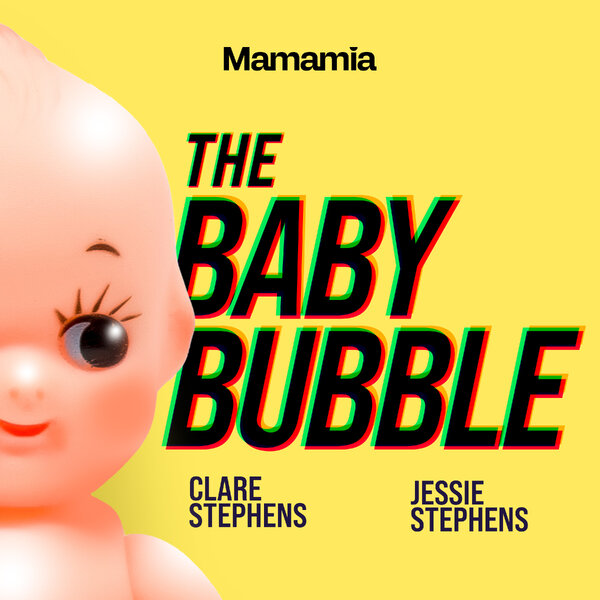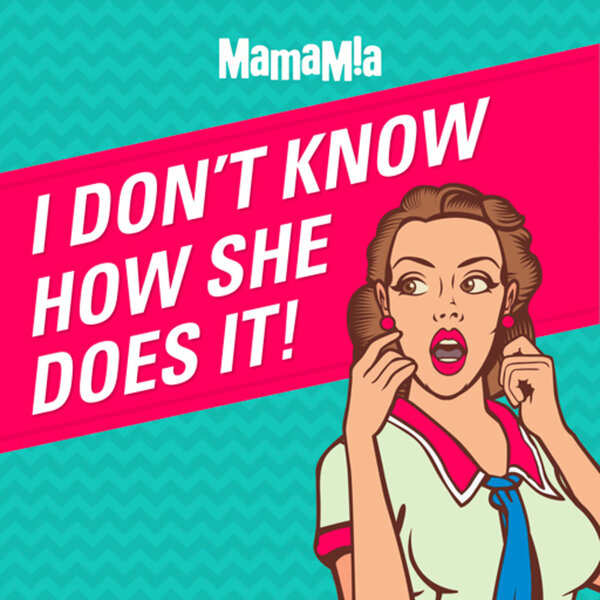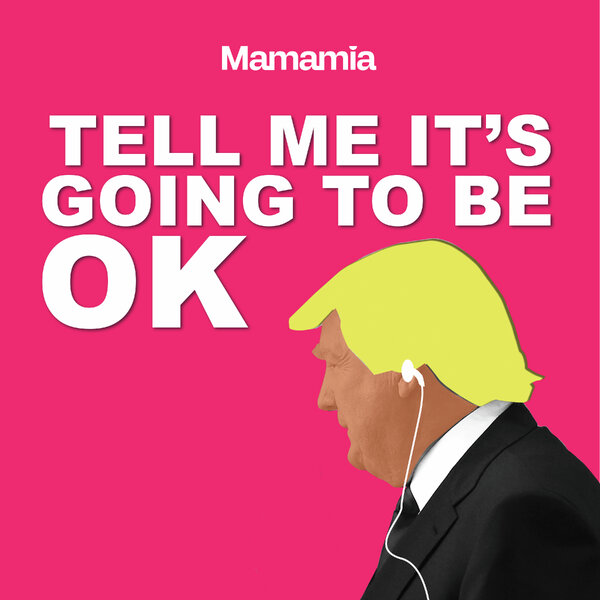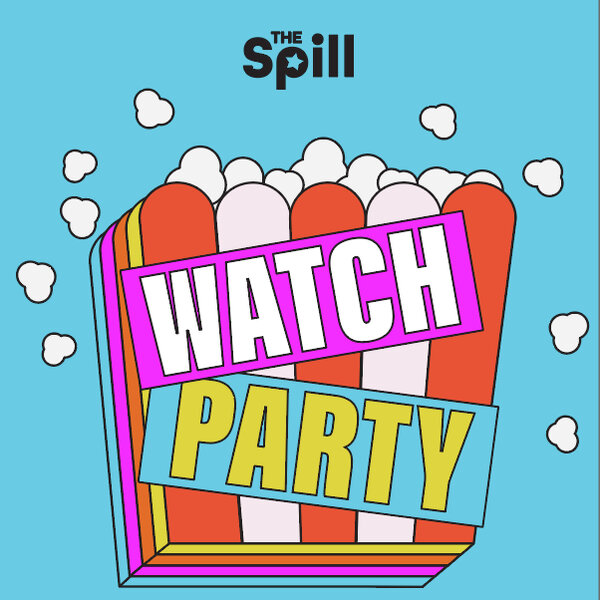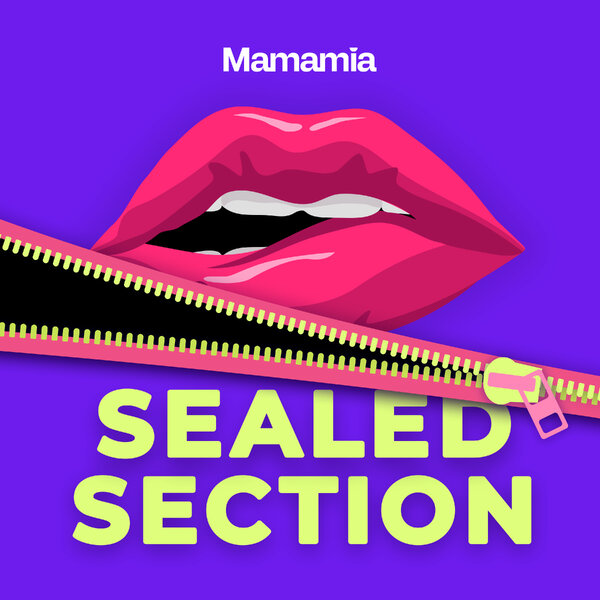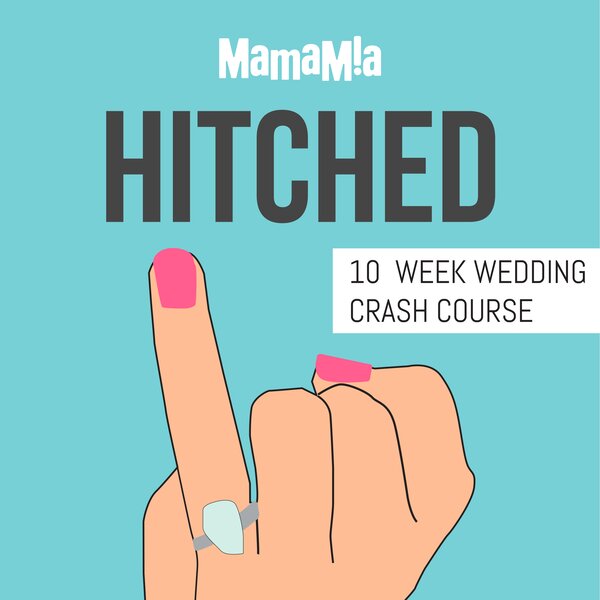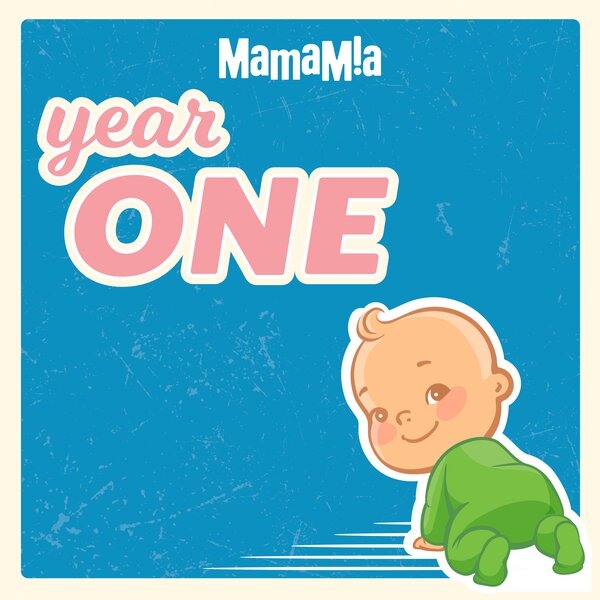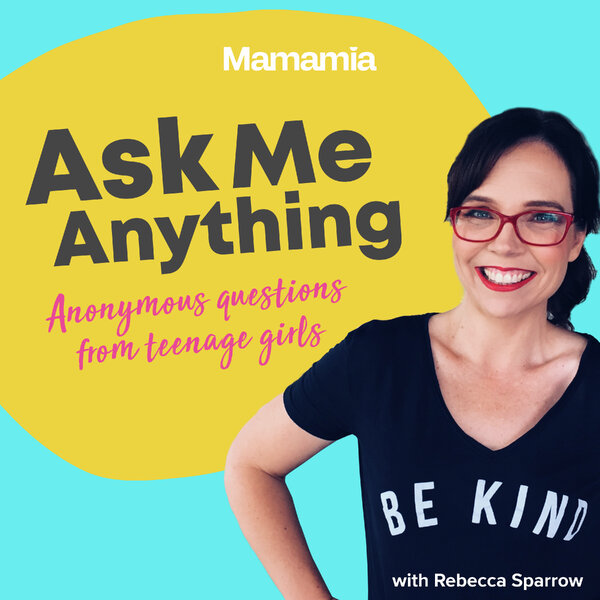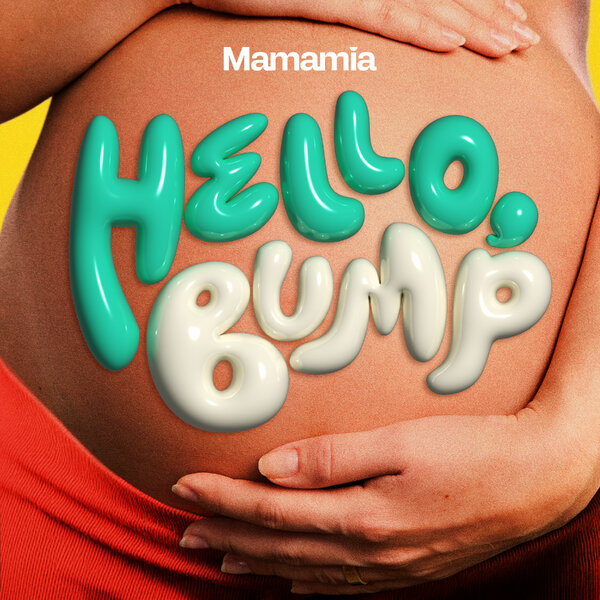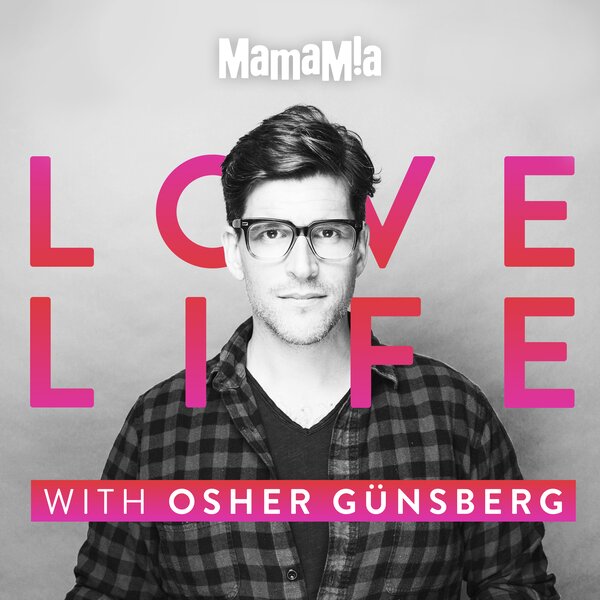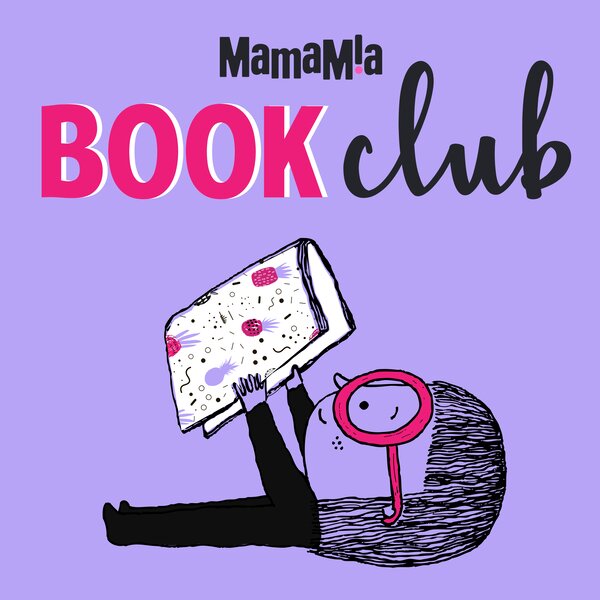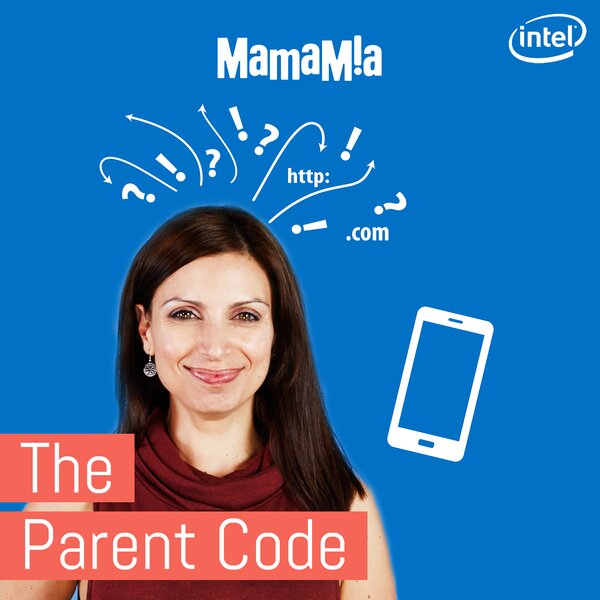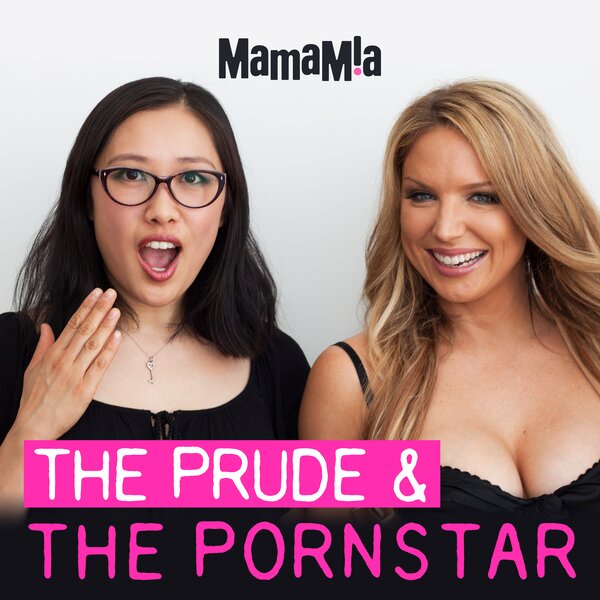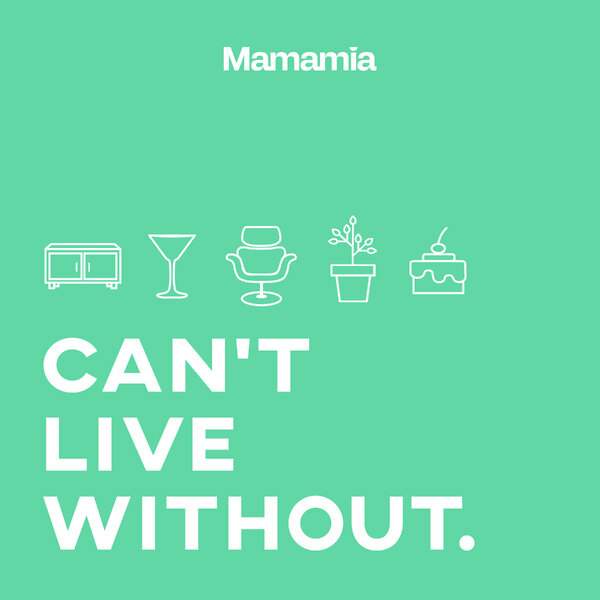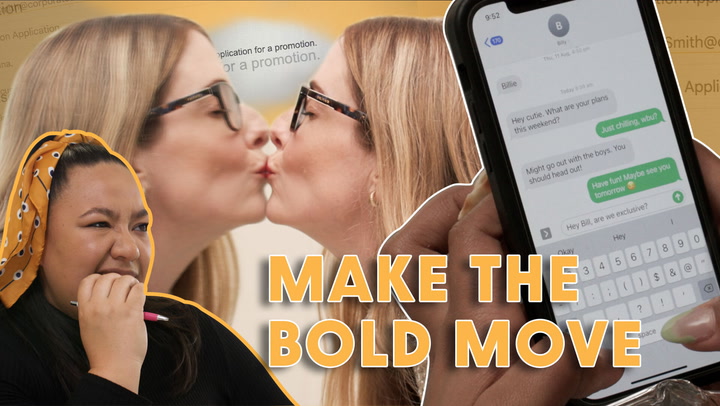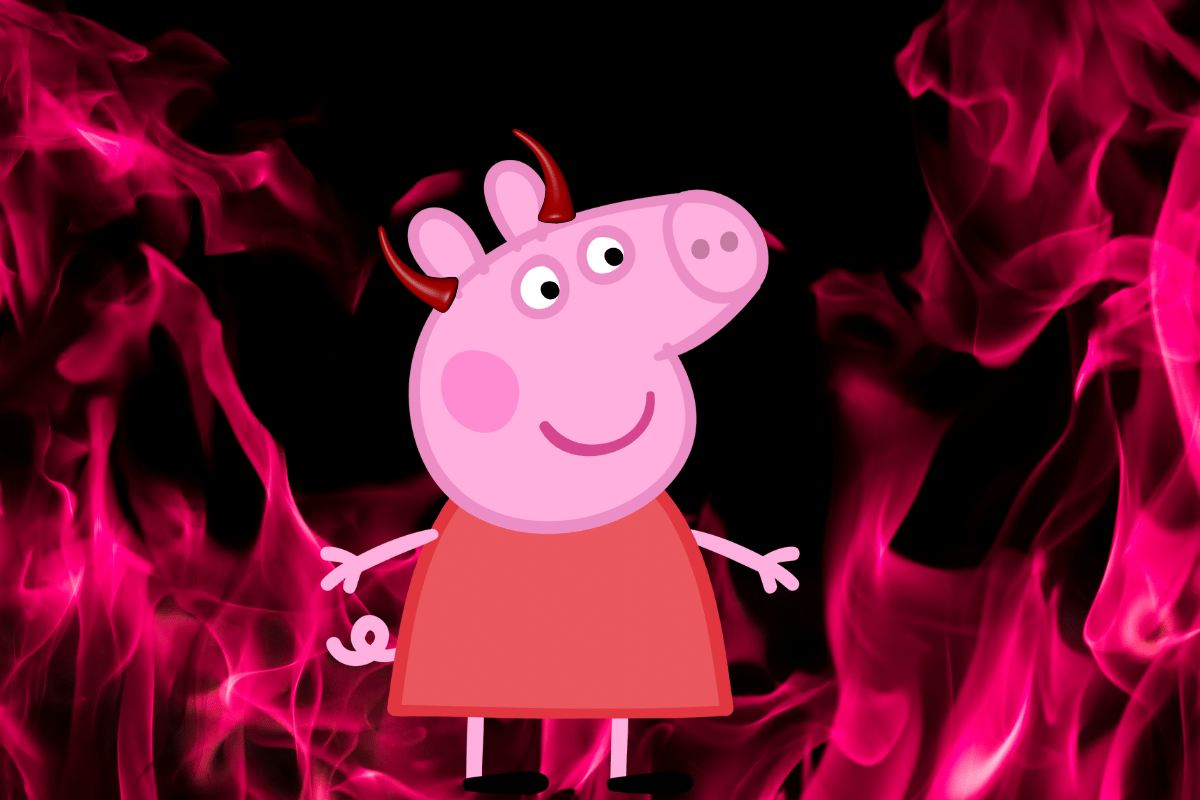
Let's be real, not all kids' shows are created equal.
Some of them just set your teeth on edge, and I'll come clean and say it outright: I can't stand Peppa Pig.
From the fat shaming of Daddy Pig to the way she treats her little brother George, this show is just not for me. But more than that, I've decided it's one show my daughter won't be watching.
Watch: The one episode of Peppa Pig that is banned in Australia. Yes, there is a banned episode…Post continues below.
While some of our reactions to certain TV shows may come down to individual preferences (and I'll admit, jumping in muddy puddles has never once appealed to me), or perhaps how many times our children have subjected us to the same episode, over and over, the truth is, there's a very specific formula to what makes a good show for small people — and Peppa Pig ain't it.
Many parents have reported that their kids' behaviour gets worse after watching particular shows. Kids learn from watching the world around them and then copying what they see to find out what results they get. And when they copy Peppa's whinging, name-calling, snorting ways, parents respond with groans.
What is it about Peppa Pig that makes a normally well-regulated kid turn into a cranky, demanding mess of emotions? It is partly that kids copy what they see, and Peppa's behaviour (and her parents' parenting) leaves a lot to be desired. Personally, a kid whose catchphrases include 'yuck!' and 'you're not my best friend anymore!' aren't exactly what I want my child to copy.
